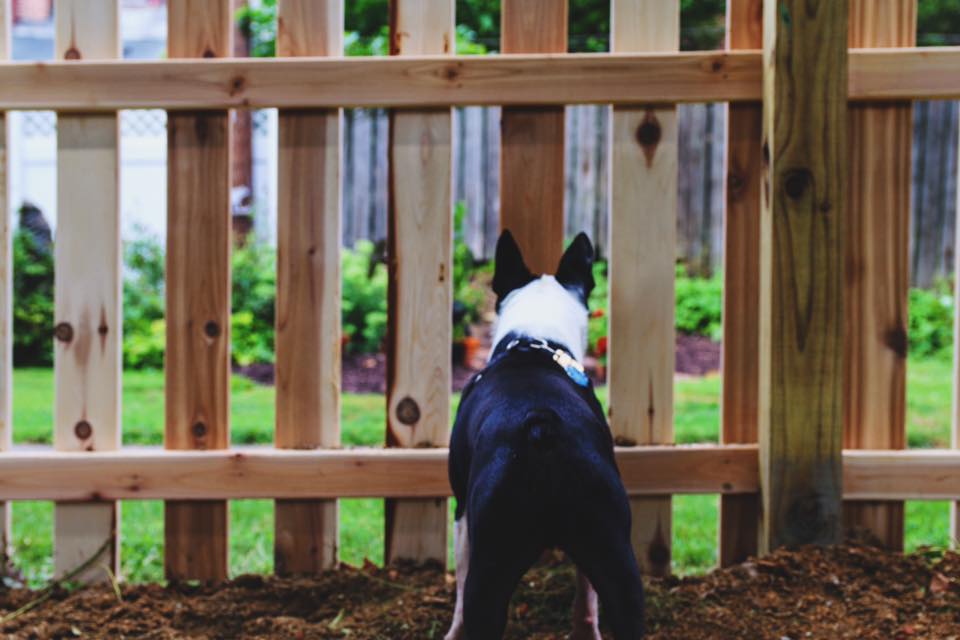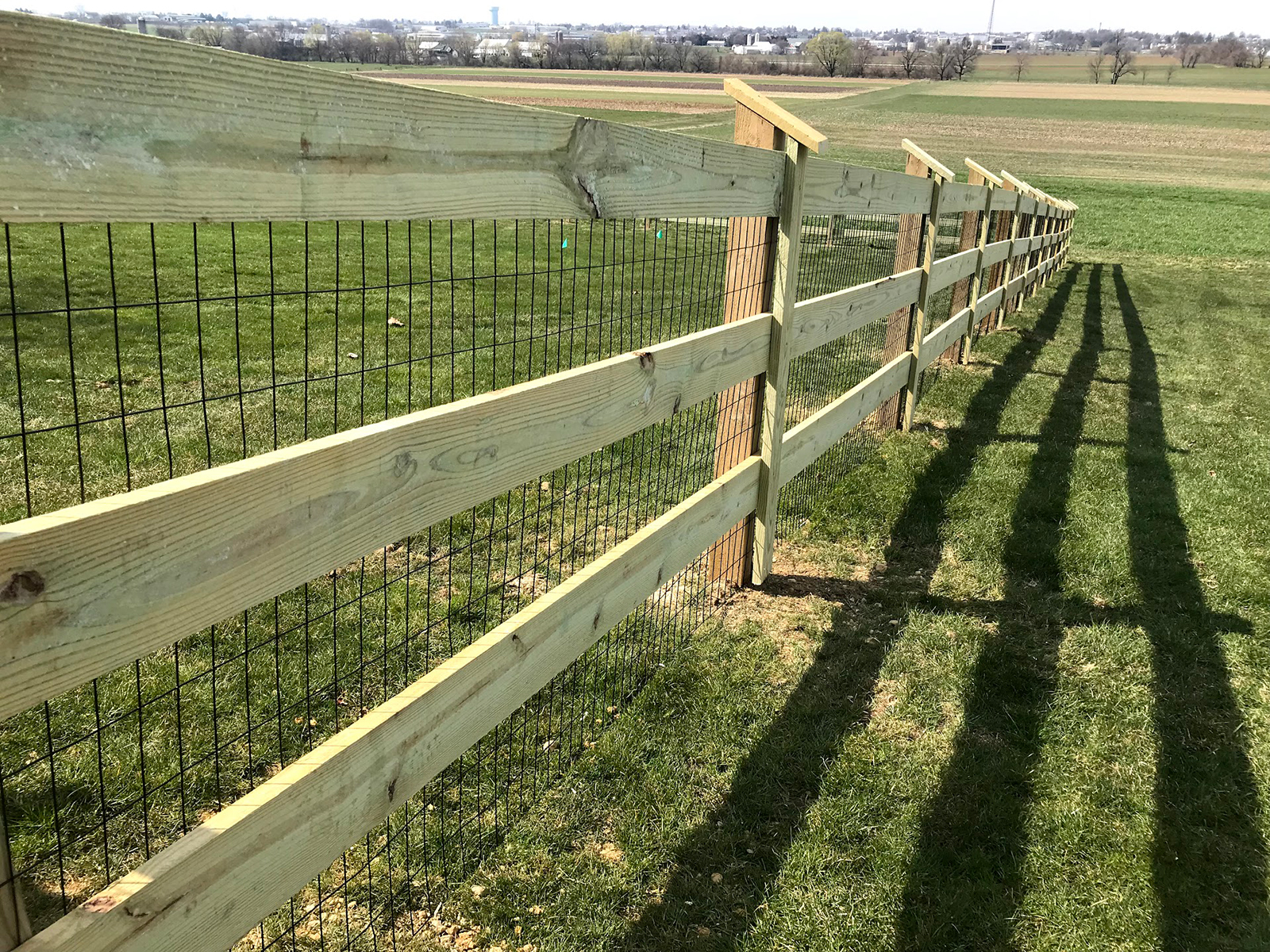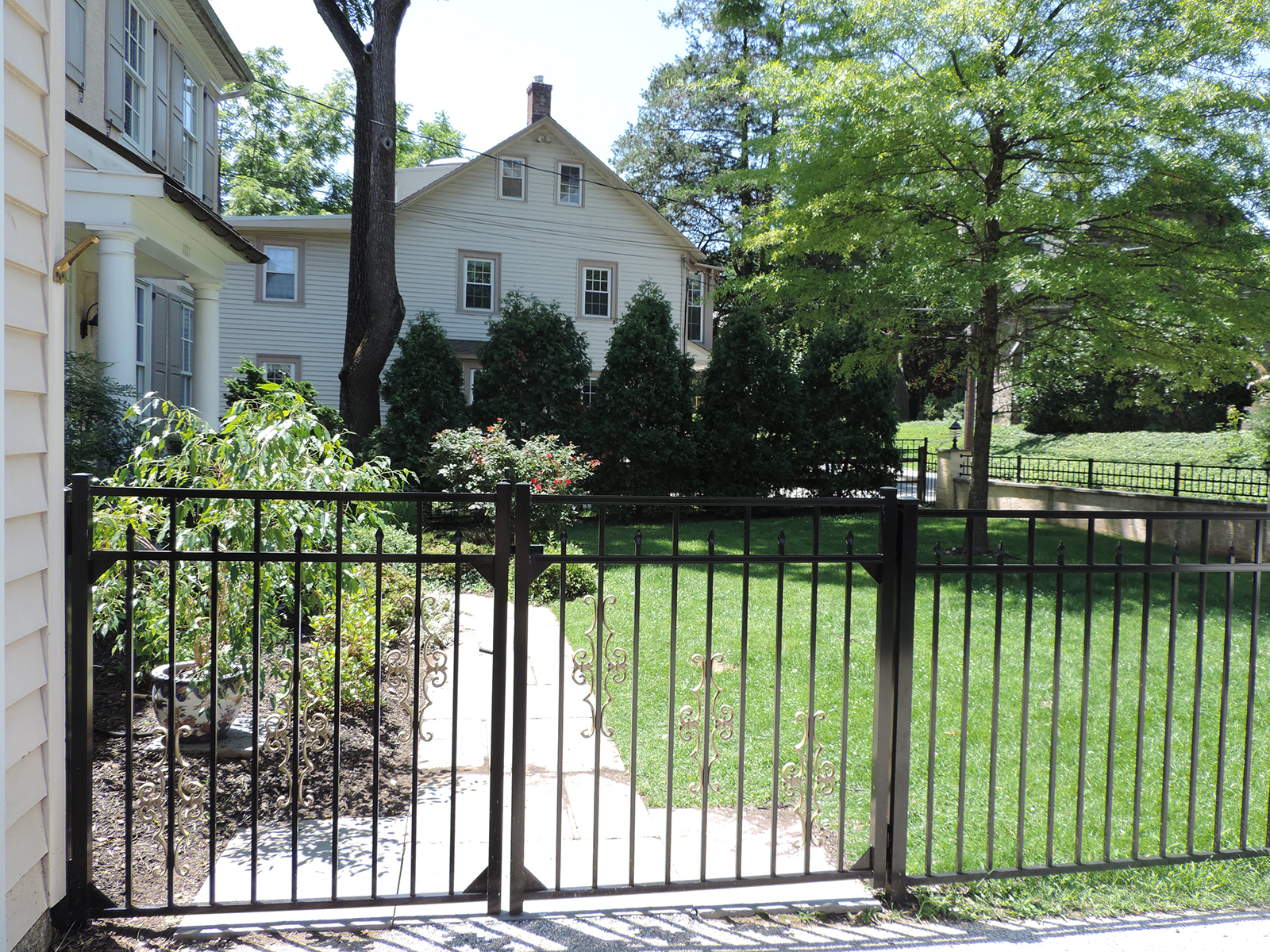Choose a fence that’s good for your dog and your property.
When choosing a fence for your dog, keep in mind the overall needs of your family and the impact a fence will have on your property.
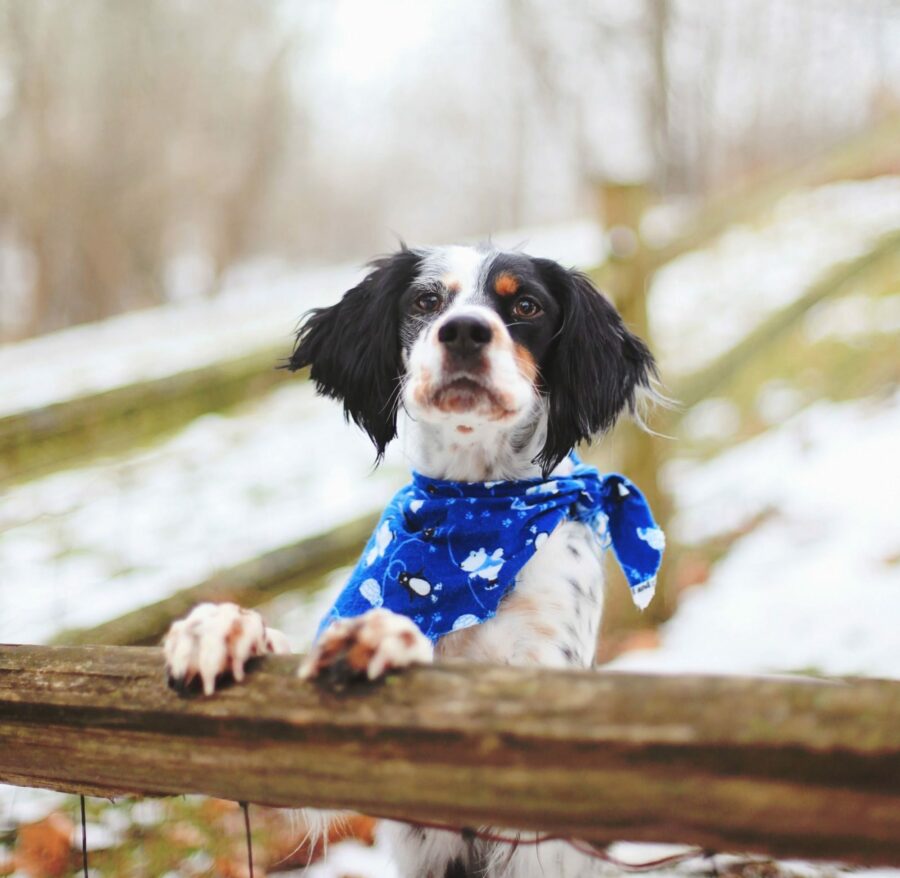
If you can meet both of those goals, you will be forever glad you chose to install a fence that allows you to enjoy your yard to the fullest, and gives your pet the ultimate gift of freedom as he runs and plays unhindered in his home!
You can choose a great-looking fence that enhances the look and feel of your property and keeps your pet secure. For example, a yard with a busy side street would benefit from the placement of a privacy fence towards the street, allowing the yard to have a nice private feel for family activities, while simultaneously keeping your pet safe from traffic. Choose fence options and styles that serve all your purposes and you will enjoy the fence much more, making the yard a favorite place to hang out with the entire family, not just a play space for your dog.
Start designing your new fence today
Complete the form below and we will schedule a time to discuss your fence project.
How high does your dog jump?
When your dog is playing in the yard as you sip your morning coffee, you don’t want to worry that she may be jumping the fence to visit her friend down the street. Keep your pet safe and secure by considering her jumping abilities when you plan your fence.
As a rule of thumb, a 4’ fence is a good place to start. Anything below this will be too easy to scale for most dogs.
Some dogs are known to be good jumpers and a 5’ or at times even a 6’ fence is needed. Do some research on your specific breed and plan accordingly so you’re not surprised by a high-jumping athlete who clears your fence with ease!
Make sure openings are appropriately spaced
For smaller dogs, fence height isn’t a concern, but rather the size of the openings between pickets, or the space under your fence and gates where small dogs find their way through with calculated ease. Measure the width and height of your dog’s head and make sure the widest gaps in your fence are not larger than their head. We have specially-designed fences with pickets spaced under 2” as well as wire mesh that we commonly install on our split rail fences to keep even the smallest of dogs from escaping.
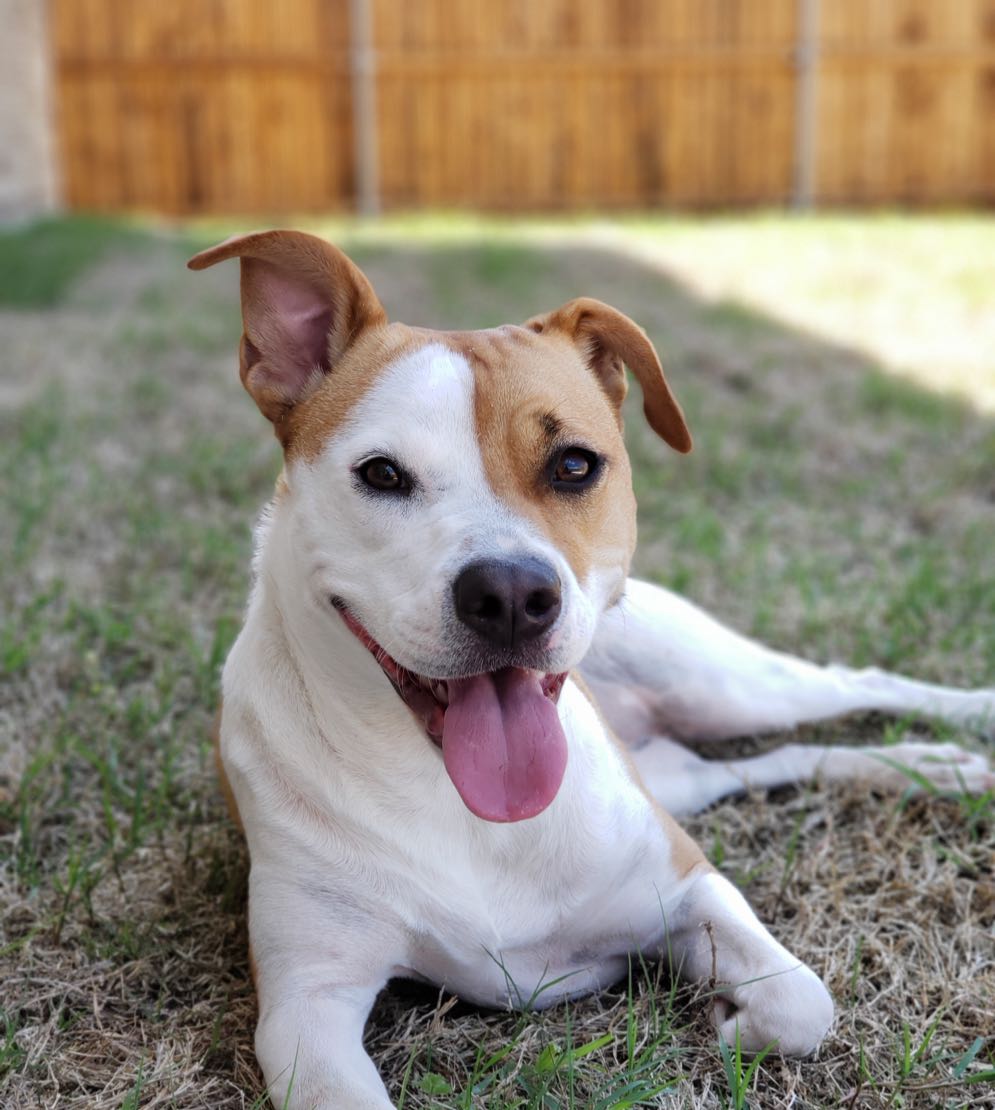
Ideal Fence Styles for Dogs
Secure your gates
Gates are a common area of vulnerability, especially when they are installed in an area of your lawn with a grade. In some situations, gates can be racked to fit the contour of the ground closely, and in other cases, a pressure-treated wooden threshold may need to be installed into the dirt under the fence and between the gate posts to minimize the space and to keep your dog from attempting to dig his way out at the most vulnerable part of your fence.
Gates need clearance to swing freely, but at times, the space beneath the gate makes an easy out for your smaller dog. Gates not latching properly, or a latch that a smart dog can figure out how to open can cause Fido to run free and become overly social with your neighborhood. The safest option for your gate is to have it hinged on the inside so that it opens in towards the yard. This adds safety if the gate was not properly latched and your dog pushes against it making it latch properly instead of pushing it open and allowing his exit. If you need to have your gate swing out, install a self-closing spring on your gate, which can be routinely adjusted to ensure the gate closes securely any time someone exits. Gates can be the perfect place for your pet to escape, but when planned and implemented correctly, your gate can be as secure as the fence itself, allowing your dog to wander free in your backyard for hours on end!
Designing your dog fence
Blind spots in your yard can be a cause for worry, especially when you have a pet. When deciding to fence in your yard, it is wise to think through the visibility of the yard from inside your house, carefully choosing where you want your pet to be able to roam. The best way to accomplish this is to engage in the blind corner exercise: stand inside the house, have a member of your family walk to questionable areas, and use that as a gauge for where you’ll place your fence. However, don’t allow the fear of blind spots make you decide to keep the fence small. Fencing in the majority of your yard is a smart idea, as it makes your pet a part of your family, and makes the fence feel less intrusive, allowing your entire family to roam freely while including your pet in the fun!
One last thought on fence layout. Resist the urge to fence in the utilities on the side of your house to shield them from view, as the security of your pets when servicemen need to access them is compromised when you include them inside your fenced area. Instead, install a separate fence around your utility boxes so you can ensure that your pets are safe and servicemen have easy access.
Invisible or traditional?
Invisible fences can be a great solution if you want to keep your pets on the property when you are around to provide supervision. Keep in mind that other dogs can freely enter your yard as the invisible fence is only effective for your pet. Another danger is that a sufficiently large distraction could entice your dog to bolt across the fence line and out into danger. If you have others watching your dog, such as a pet sitter or relative, and you want to ensure your dog is safe, it may be good to consider choosing an actual fence for your furry family member.
The biggest thing to consider when choosing between an invisible fence or an actual fence is whether you want to allow your dog to freely roam without supervision. If you know you will always be outside with your dog and don’t need a fence for any other reason, choose an invisible fence. Otherwise, we suggest choosing a fence that keeps your pet secure and safe while enhancing the use of your yard and increasing the appeal of your property. The last thing to consider is whether you plan to sell your property. A fenced-in yard is a big selling point, so a good portion of the costs for a physical fence can be recouped when selling a property.
When choosing a fence for your pet, make sure it will keep your pet secure and that it fits well into the broader needs and uses of your property. If you can meet both of those goals, you will be forever glad you chose to install a fence that allows you to enjoy your yard to the fullest and gives your pet the ultimate gift of freedom as he runs and plays unhindered in his home!

